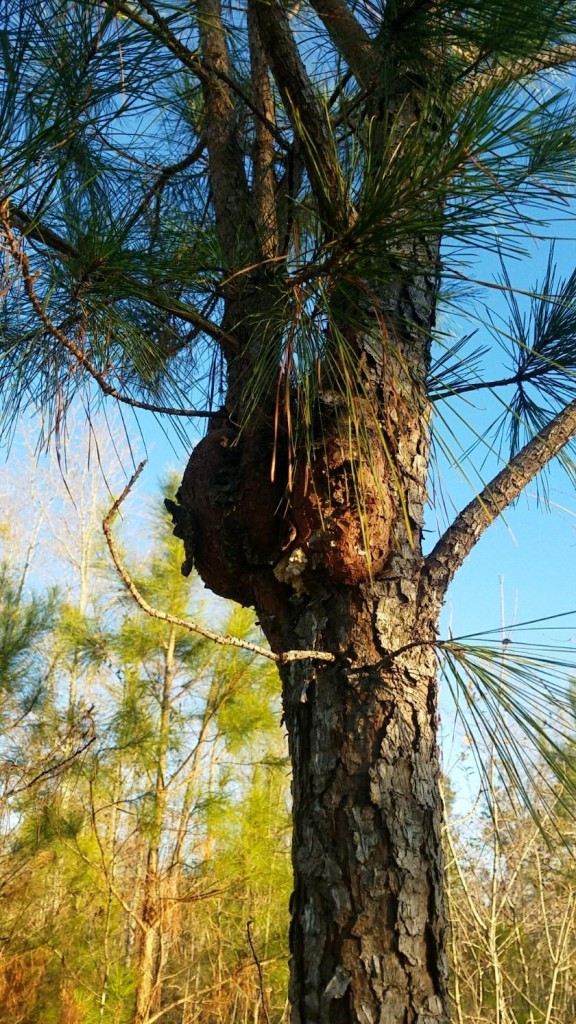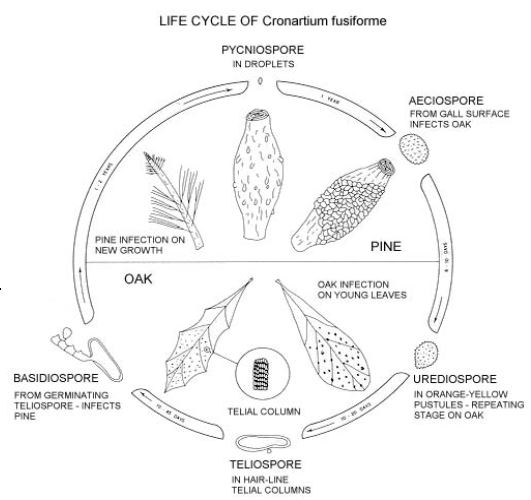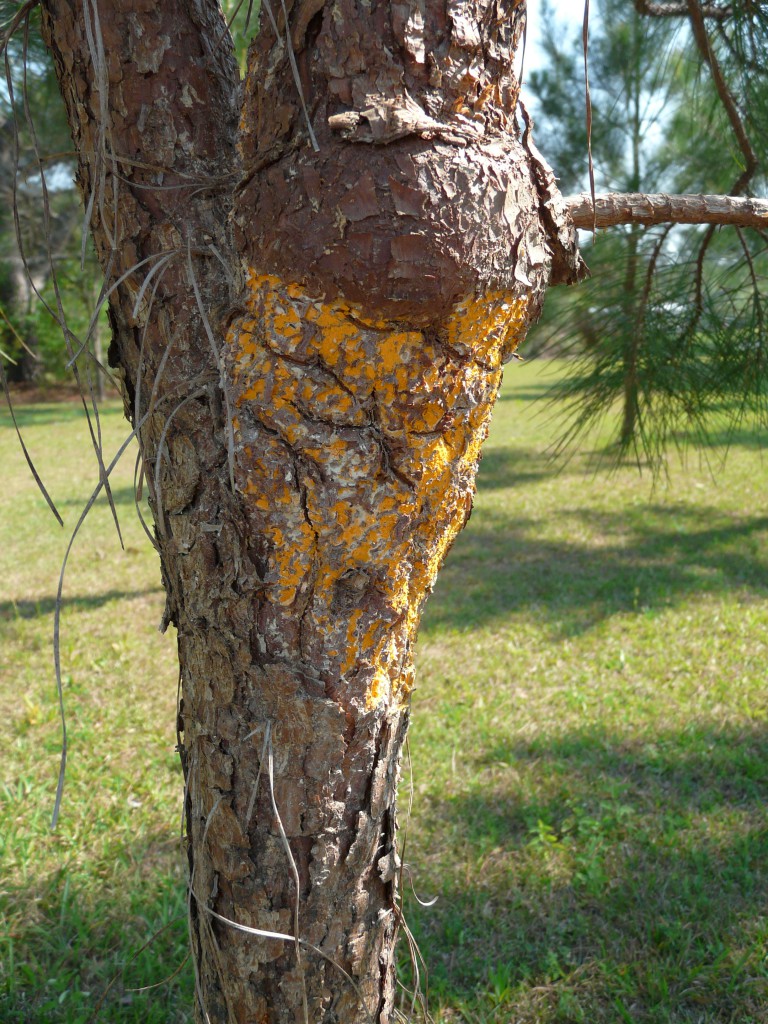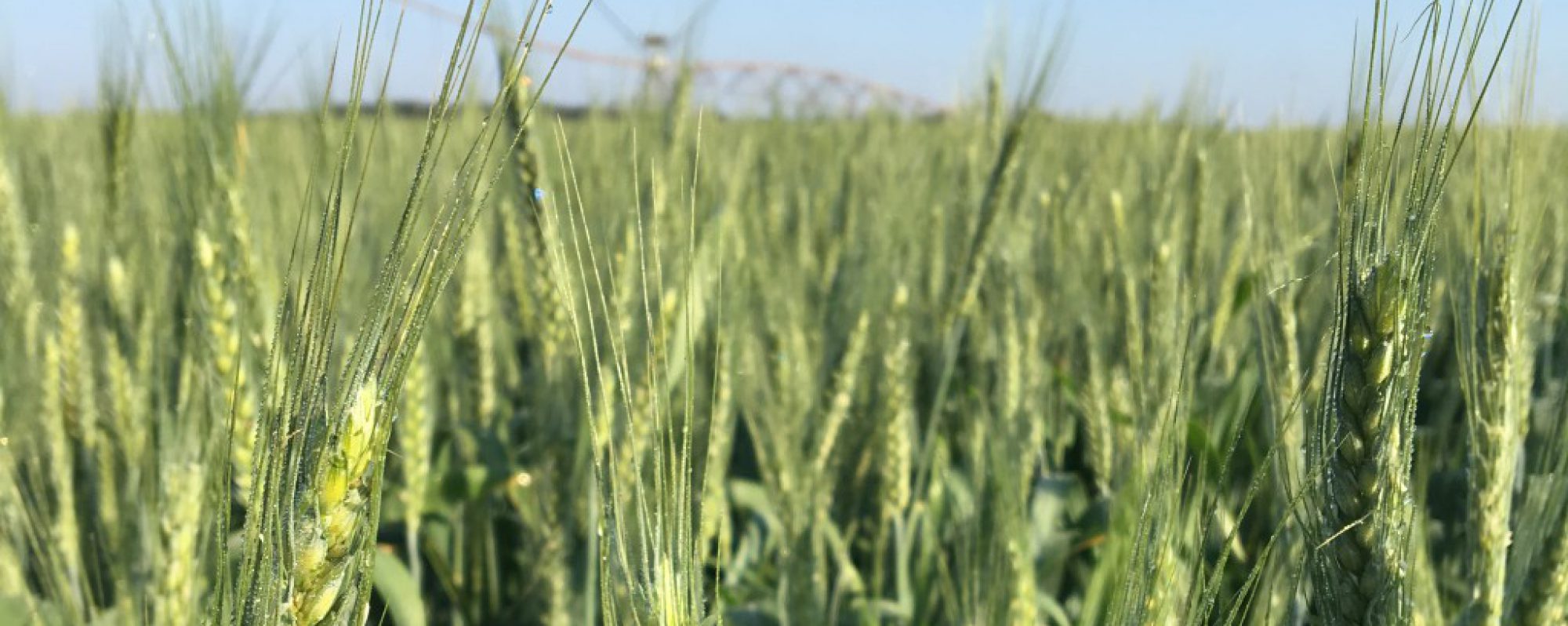
Here is a 10 year old loblolly stand with cankers on the branches. It is a bad hit with fusiform rust. This pathogen spreads by wind blown spores and goes back and with oak trees as an alternative host. Pine trees hit within the first 5 years normally kill the tree. Loblolly and slash pines are the most affected tree species. Longleaf is fairly resistant, and shortleaf is highly resistant.
Stems with cankers are weak and susceptible to wind and ice breakage. They easily catch fire and stay afire, either killing the tree or reducing its value. Cankered stems greatly diminish saw timber value. Heavily infected stands may need to be thinned earlier and more often with greater logging expenses.
Control
Fusiform rust always infects the trees before we are aware, and the management is only cultural. What you see in the picture is a rust gall or canker on the main stem. Branch cankers within 12-18″ of the stem may grow into stem cankers. These cankers on the main stem can girdle and kill the tree. UGA Extension Forestry Specialist Dr. David Moorhead recommends to cut as many branches with cankers that have not touched the main stem.
Lifecycle

From late March to mid-April, galls produce orange spores on pine galls. Wind-blown spores infect newly formed oak leaves, especially water, willow, and laurel oaks. Orange spores appear on the lower surface of those oak leaves. In turn, the fungus completes the cycle by infecting pines from late April through the middle of June. The timing may vary from year to year and in different areas.

To read more, visit this publication on Fusiform Rust where I got additional information.
